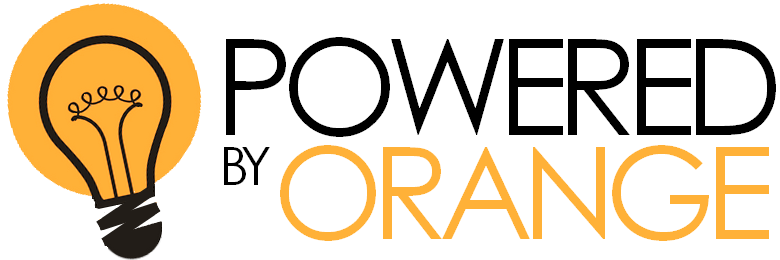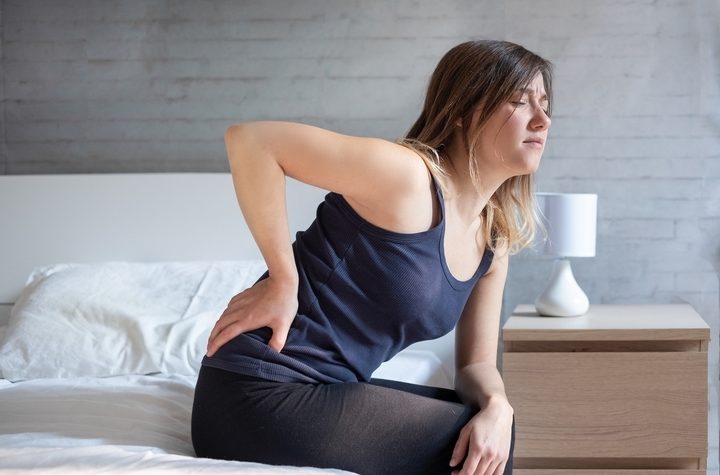Muscle knots are hard little bumps you can feel when you touch your skin at the right spot. Some knots cause pain when we press on them, but others are painful all the time.
These annoying knots can be caused by poor posture, an injury, muscle spasms, or simply stress and tension. In some situations, some fibres of our muscles tighten up, contract, and never release, which is why they form these hard bumps.
Unfortunately, these bumps don’t always disappear on their own. It’s time to learn how to get rid of a knot in your back.
1. Locate your knot and apply pressure to it
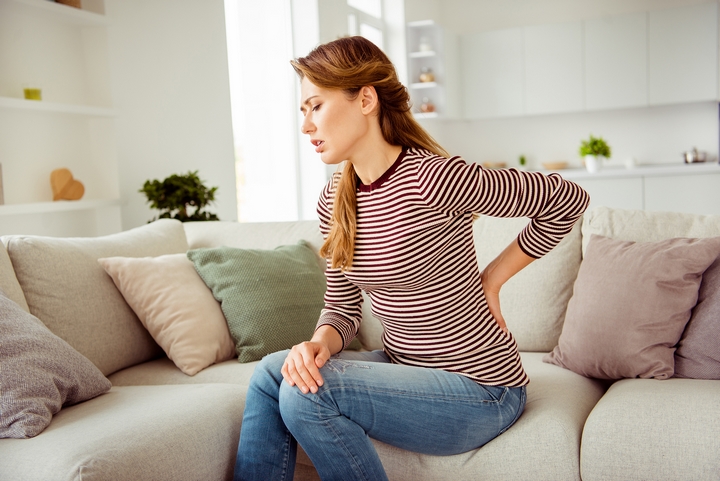
You probably already know where your muscle knot is. Or maybe you just feel some pain in your back, and you suspect you might have a knot somewhere. You might need to ask someone to help you locate the small bump under your skin since you might not be able to reach it.
Then, you should gently rub the knot in a circular motion to help release your muscle fibres. Don’t press too hard if you feel pain. This light pressure might not be enough to get rid of the knot, but it should at least provide you with some relief.
2. Massage your back
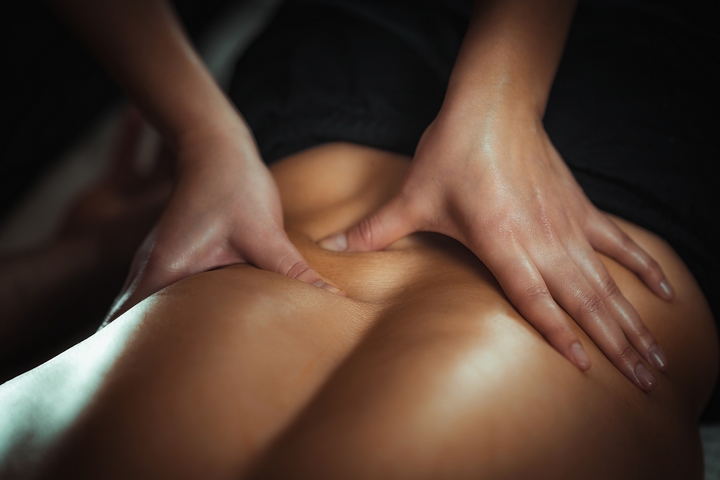
Keep in mind that unless you are very lucky, you will not be able to get rid of the knot in your back in just a few minutes. You should create a new habit of massaging your knot every day until it disappears.
Self-massage tool
Some self-massage tools are designed specifically to help you relieve those pesky knots in your back. Such a tool looks like a long, curved handle with knobs that can easily reach behind your back to apply pressure on your knot. Of course, you could also simply use the handle of an umbrella to massage it.
Massage therapy
If you find it too difficult to reach your knot and massage it or have many knots in your back, it could be good to book an appointment with a massage therapist. They will be able to relieve your pain and help release your tense muscle fibres. Massage therapy goes hand-in-hand with regular physiotherapy North York treatments.
Massage with a foam roller
A foam roller looks like a thick pool noodle, and some of them feature patterns that help massage muscle knots. Get a foam roller, place it on the floor or an exercise mat, and lie down. Then, roll back and forth to let the roller apply pressure to your knot for no more than 30 seconds at a time.
Massage with tennis ball
A tennis ball can be a great massaging tool. To use one to massage your knot, you will either have to lie down or lean against a wall. Simply place the tennis ball between your knot and a hard surface. Apply pressure to your knot for as long as possible without feeling pain.
3. Lay on an infrared heating pad
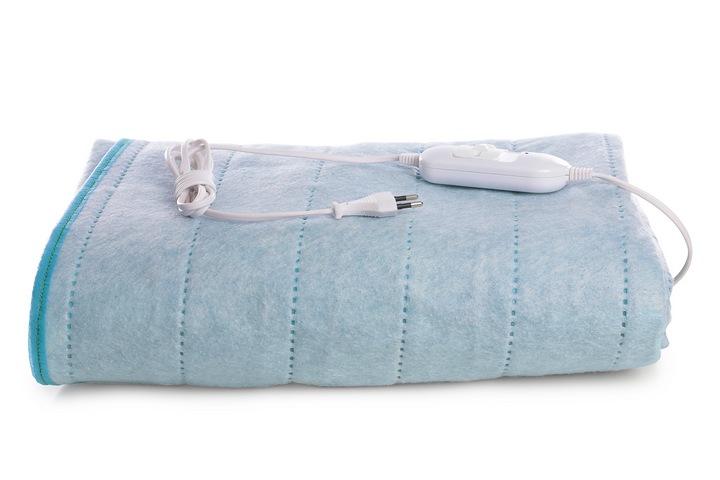
Pressure is not the only thing that can help you get rid of a knot in your back. Heat can be effective as well. An infrared heating pad is a device that produces curative radiant heat which penetrates the body’s deep tissues.
This heat improves blood circulation, relieves pain, and soothes muscles. The simple fact of laying on an infrared heating pad for 30 minutes will help your body relax your muscle knots naturally.
Infrared heating pads come in different shapes and sizes and can be used to treat any part of your body.
4. Stretch your back with different exercises
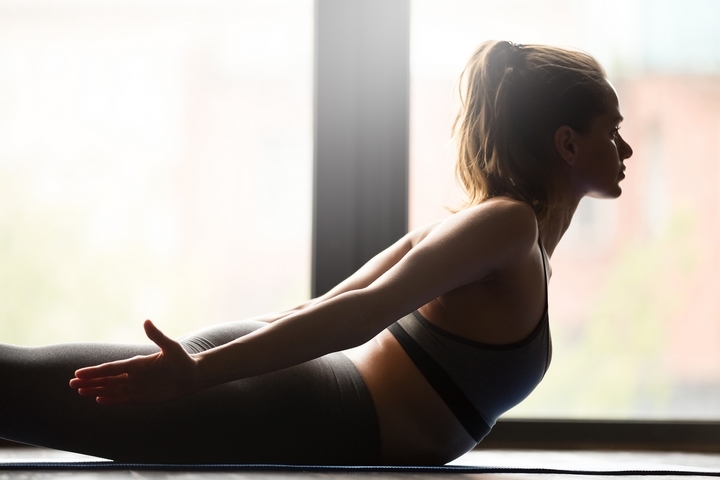
Doing exercises that gently stretch your muscles will relieve your pain and help prevent future knots.
You should add a few stretching exercises to your daily routine, especially if you spend a lot of time sitting at a desk.
Try shoulder rolls, knee-to-chest stretches, and the cat-cow yoga pose. Any gentle exercise that will stretch your neck, shoulders, and back muscles will help you.
5. Apply cold or heat to the painful area

If you don’t have an infrared heating pad, a simple heat pad could help relieve your pain and slowly untie your knot. If an injury caused your knot, you should apply cold to the area of the knot instead of heat.
Use an ice pack wrapped in a towel or a small bag of frozen peas. Apply cold for no more than 20 minutes, three times a day.
When you have successfully gotten rid of your knot, be sure to work on improving your posture when you sit, walk, work, or lift heavy objects to help prevent the apparition of future knots.
